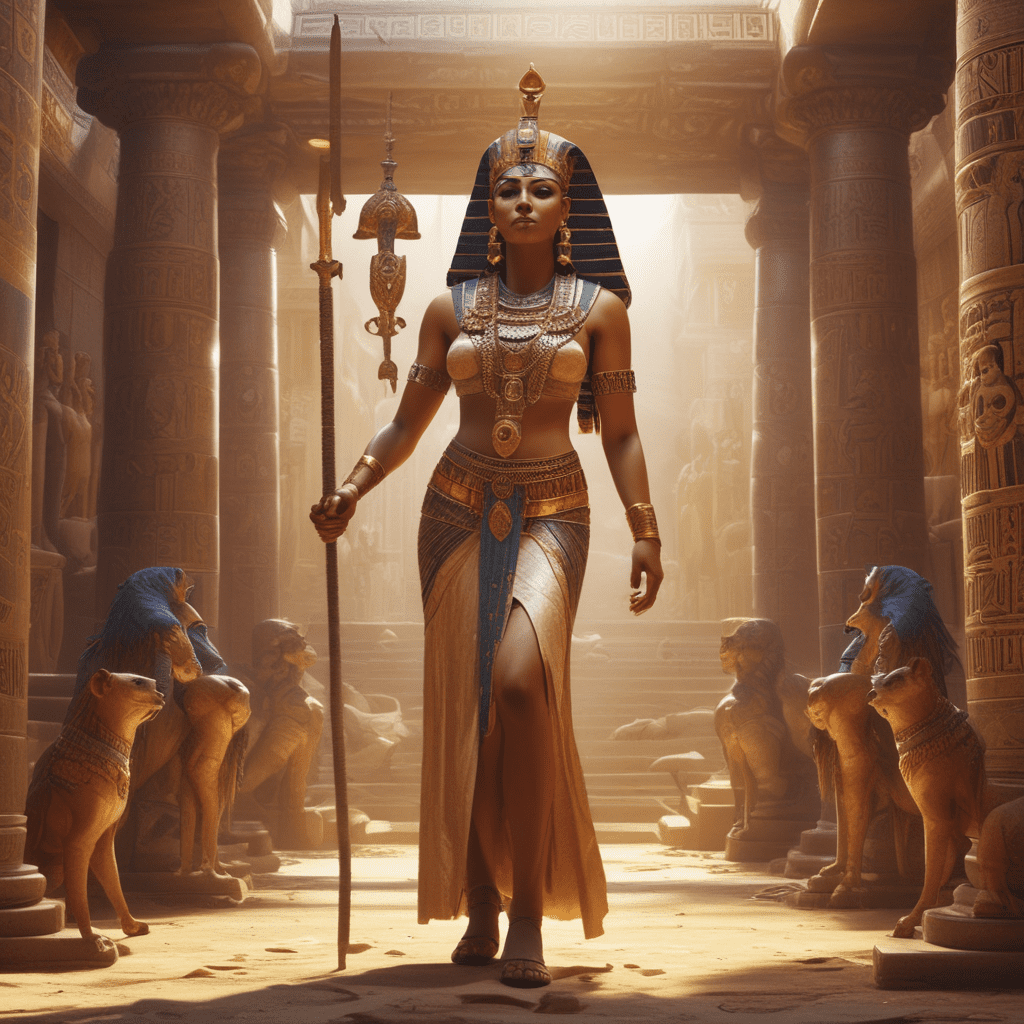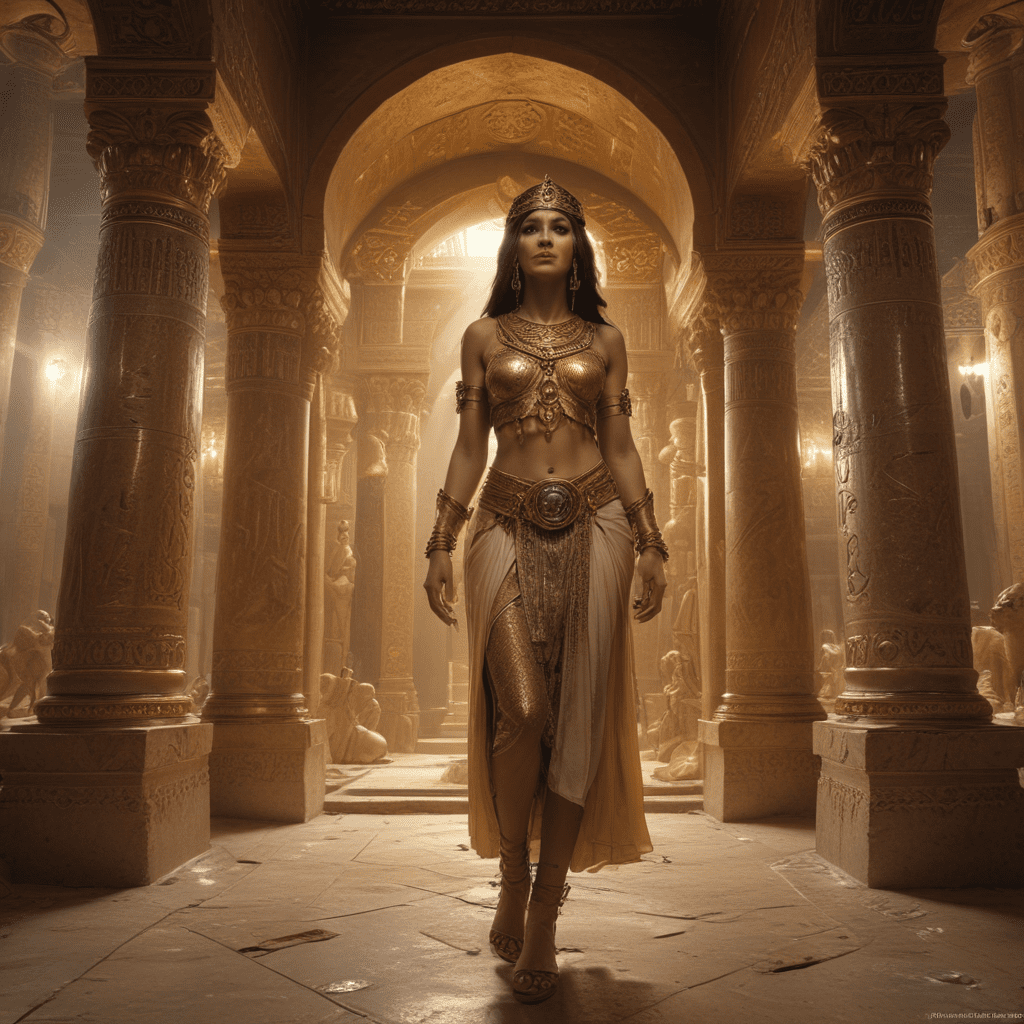The Myth of the Goddess Hathor in Ancient Egypt
In ancient Egyptian mythology, Hathor was one of the most revered goddesses. She was known for her dual nature as a feminine deity associated with love, motherhood, joy, and music, as well as a fierce protector linked to the destruction of the enemies of the sun god Ra. Let’s delve into the fascinating mythological tales surrounding Hathor in the enchanting world of ancient Egypt.
Who Was Hathor?
Hathor was often depicted as a cow goddess or a woman with cow ears, symbolizing fertility and maternal care. She was considered the mother of the pharaoh, nurturing and protecting the ruler like a cow protects her calf. Hathor was also associated with music, dance, and festivities, representing the joyful aspects of life in Egyptian civilization.
The Mythological Stories of Hathor
One prominent myth recounts how when humans lost faith in the benevolence of the sun god Ra, he sent Hathor in the form of the fierce lioness goddess Sekhmet to punish them. Sekhmet’s rage was so unrestrained that she almost destroyed all of humanity. To prevent this calamity, Ra tricked Sekhmet into drinking beer dyed red to resemble blood, causing her to become intoxicated and transform into Hathor, the gentle and loving goddess once again.
Hathor’s Role in Egyptian Religion
Hathor was deeply integrated into various religious ceremonies and festivals in ancient Egypt. She was honored during the Valley of the Queens where she was believed to welcome the spirits of deceased queens into the afterlife. Temples dedicated to Hathor were hubs of music, dance, and revelry, serving as places of both worship and communal celebration.
The myth of the goddess Hathor embodies the intricate beliefs and values of ancient Egypt, showcasing the complexities of Egyptian cosmology and the diverse roles assigned to deities. Through her multifaceted nature, Hathor remains an iconic figure in the pantheon of ancient Egyptian gods and goddesses, capturing the essence of love, protection, and joy in the hearts of the people of that time.
FAQ about the Myth of the Goddess Hathor in Ancient Egypt
Who is Goddess Hathor in Ancient Egyptian Mythology?
In Ancient Egyptian mythology, Hathor is a revered goddess associated with love, music, dance, beauty, fertility, and motherhood. She is depicted as a cow or a woman with cow ears.
What role did Goddess Hathor play in Ancient Egypt?
Hathor was known as the “Mistress of the West,” guiding souls to the afterlife. She also symbolized joy, feminine power, and protection, often invoked in celebrations, rituals, and funerary practices.
Why was Goddess Hathor worshipped by the Egyptians?
Egyptians worshipped Hathor for her nurturing and life-giving qualities. She was believed to bring happiness, abundance, and protection to her followers, making her a beloved deity in the pantheon.
Is there a connection between Goddess Hathor and other Egyptian deities?
Hathor was closely linked to the goddess Isis and considered a motherly figure. Some myths suggest that she is the mother of Horus, the god of the sky and kingship, showcasing her importance in Egyptian cosmology.
What symbols are associated with Goddess Hathor?
Hathor is often depicted with a



